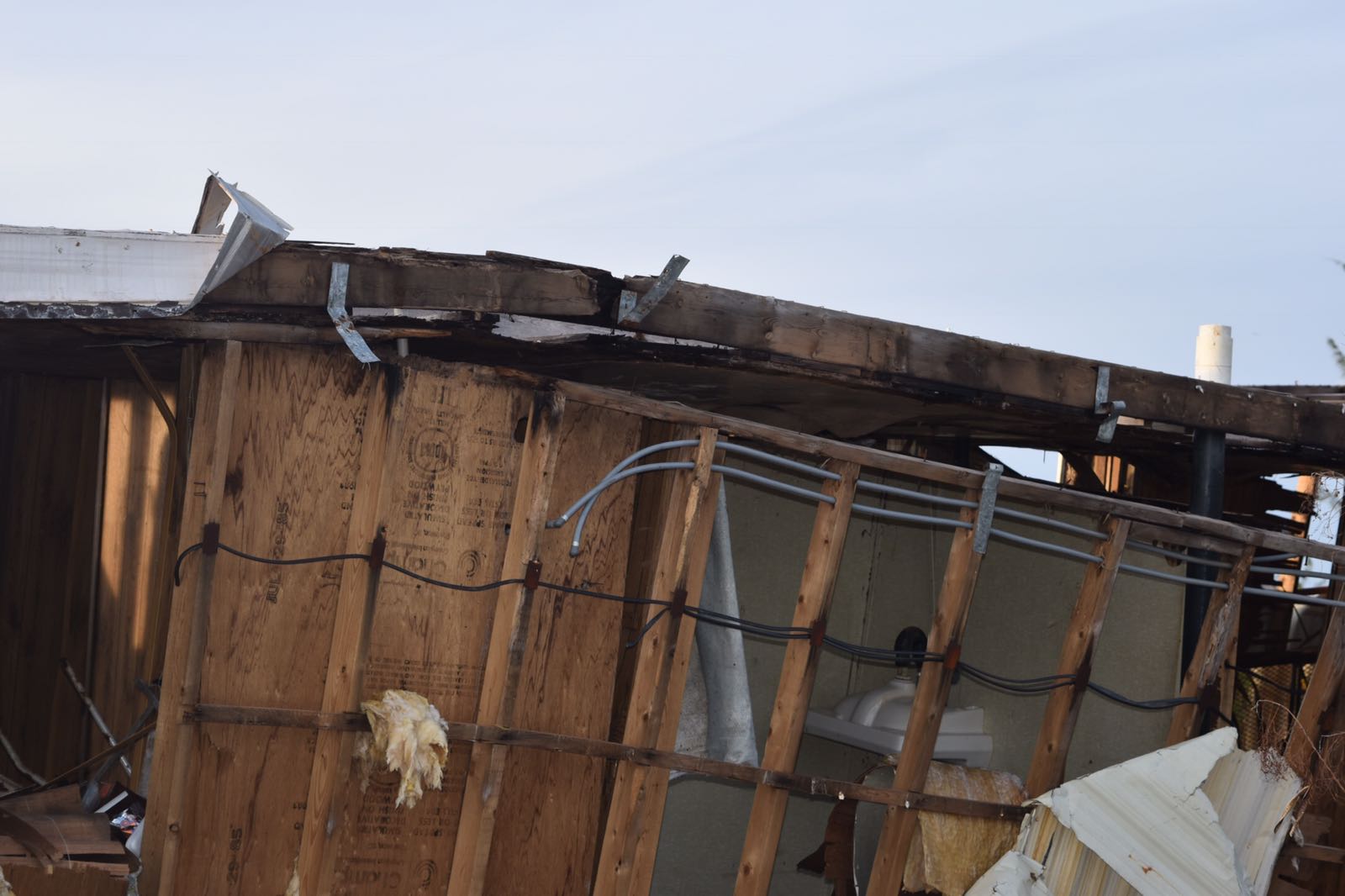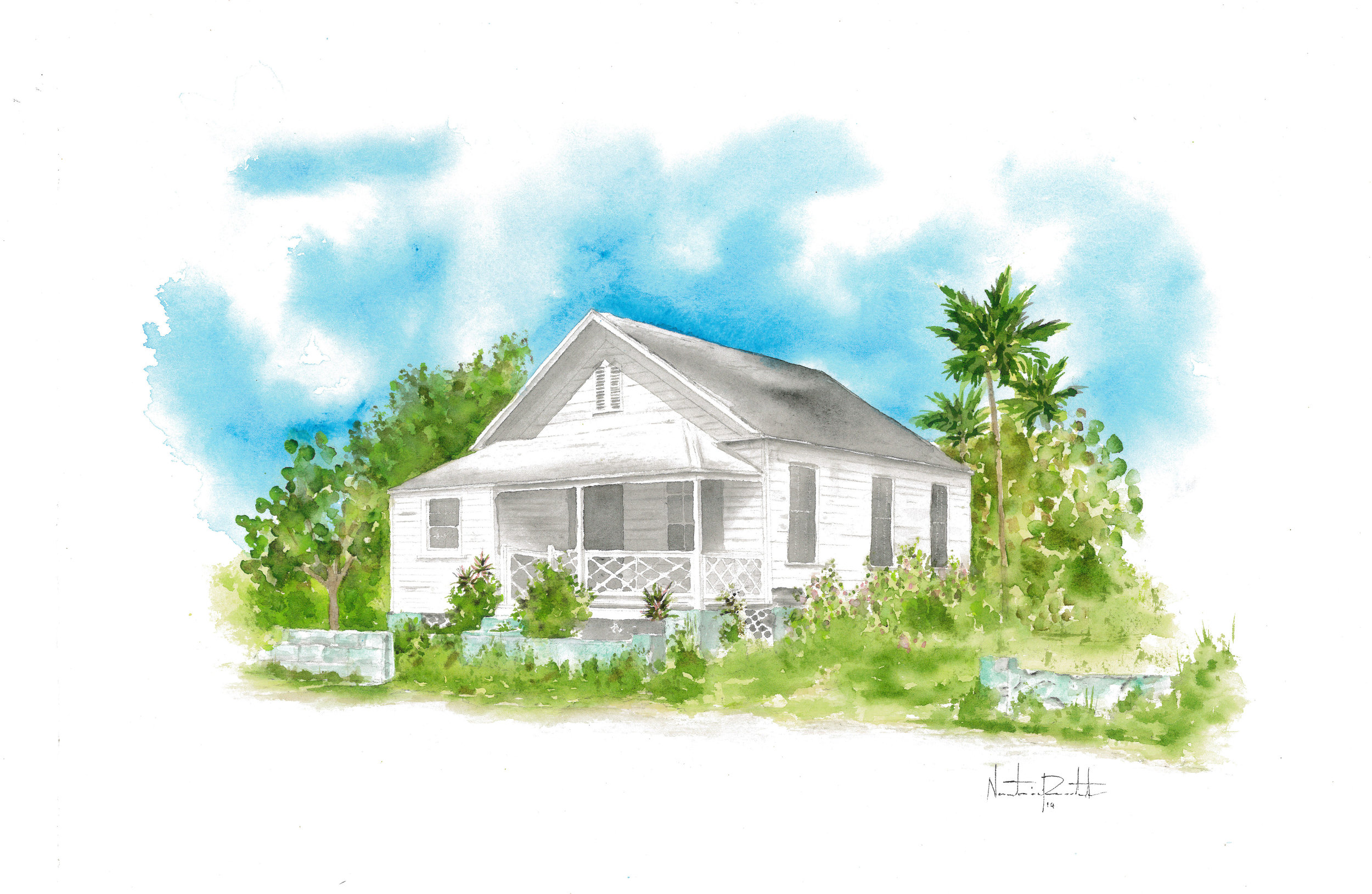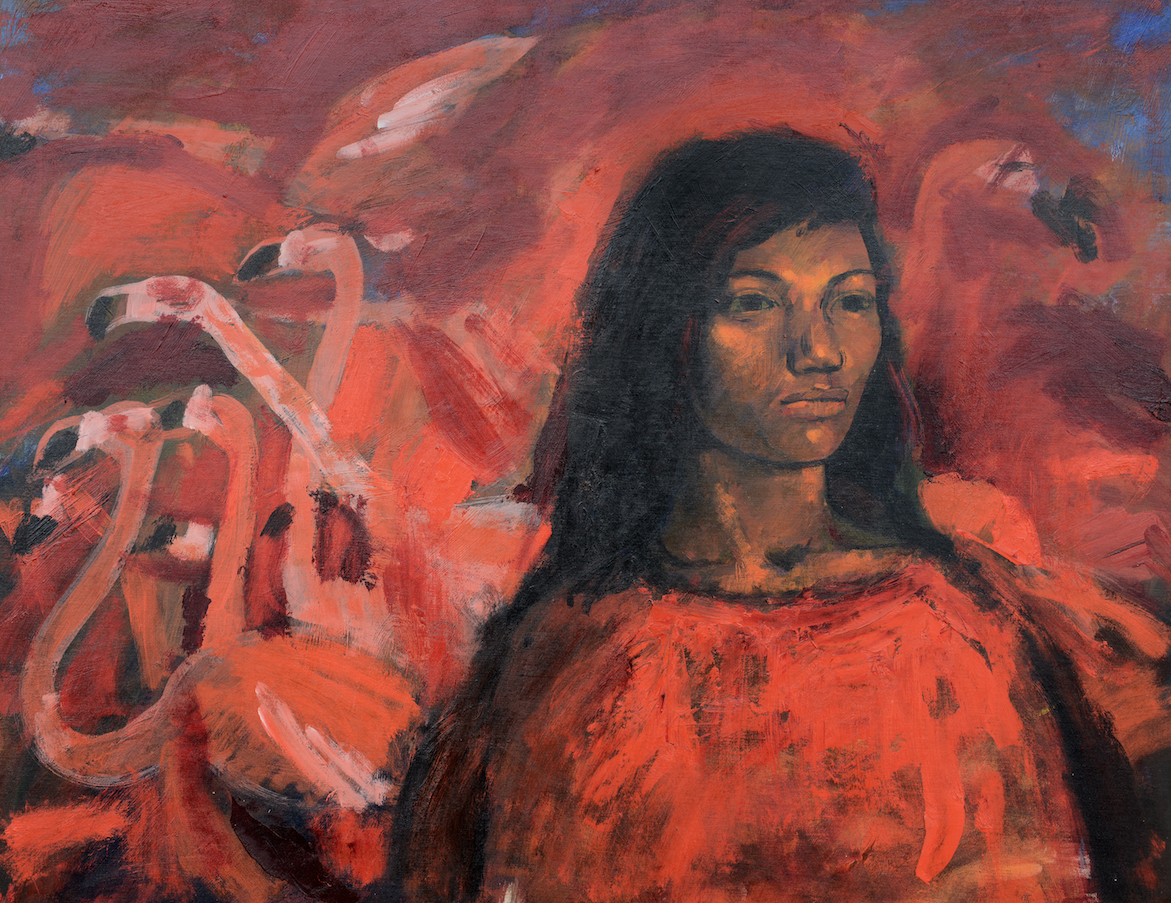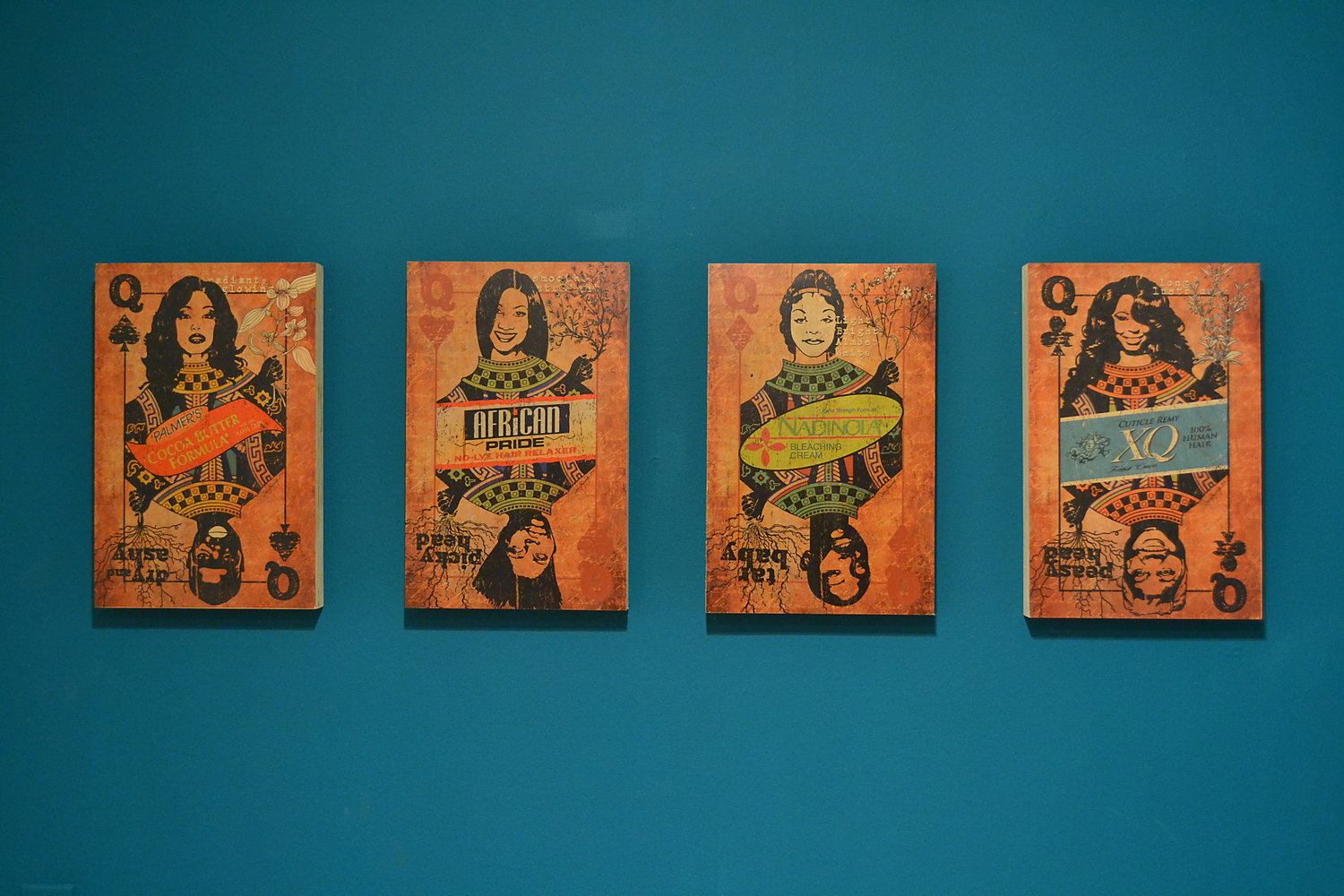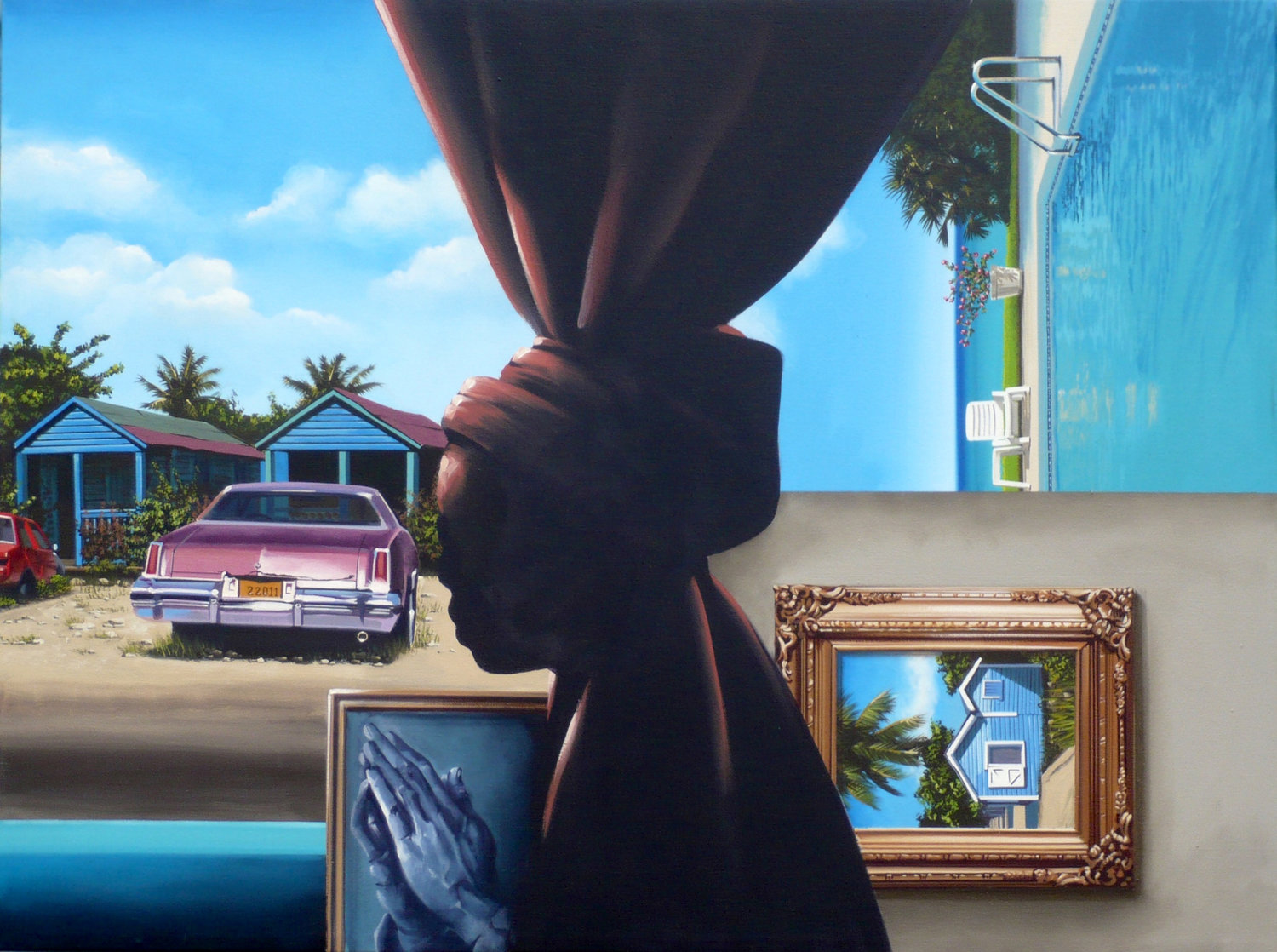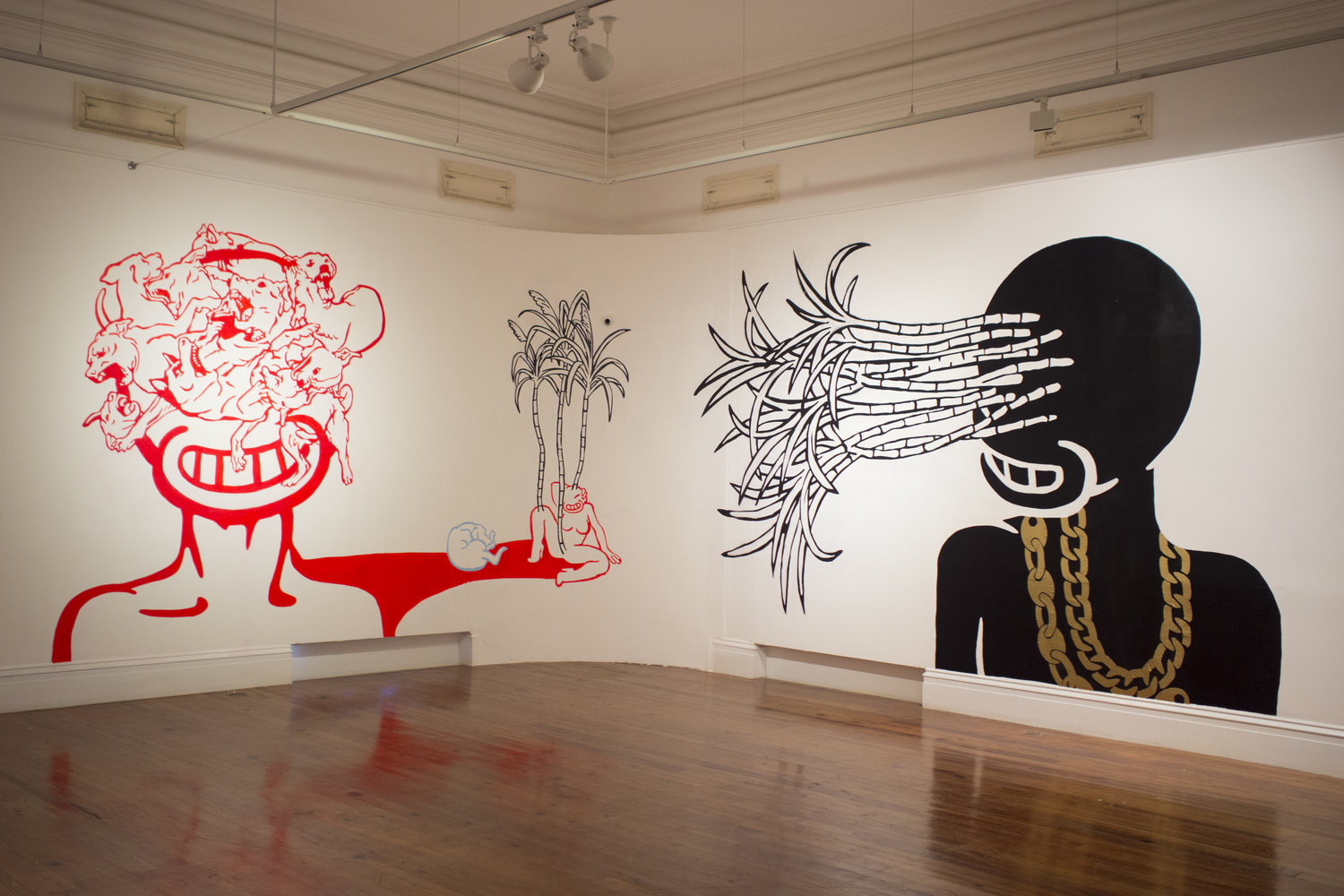By Dr Ian Bethell-Bennett. A few weeks ago, this question was asked in a column that focused on the death of legendary artist Sam Shepard. Today, I ask this question again in the wake of Hurricane Irma’s devastation to the map of Bahamianness and Caribbeanness. As a people who survived the reality and the legacy of slavery and resettlement, we do not take time to process our grief. We do not sit and ponder! We do not have time. Our lives are so often predetermined by external forces that are both visible and invisible to the eye that we are always moving. What has occurred over the last two weeks is mostly invisible, aside from the obvious and daunting structural and spatial devastation we see on the surface.
Currently browsing: Stories
The Clapboard House: A Disappearing Relic within The Bahamian Landscape
By Keisha Oliver. In the aftermath of Hurricane Irma’s devastation, as the Caribbean recovers and rebuilds, it would be remiss not to pause and reflect. In moving forward, there is much to be considered from our survival and journey as an island people. Our social and physical landscapes have and will continue to weave the rich cultural fabric of our existence once we continue to value and preserve them.
We Lost Two Cultures That Day: Hurricane Irma and the Loss of Cultural Material
By Natalie Willis. It’s easy to think of culture as being purely in the hands of the people: it’s in our mother tongues, our food, our dance and architecture. And, in many ways, it is. But it also leaves a residue, it sticks to our spaces and buildings and trees and forests and oceans, so that when our elders pass on, they leave just a tiny bit of themselves around for us to remember what we come from and we build upon that. With this in mind, and with heavy heart, we must look to the implications of Irma and her aftermath. Both Inagua and Ragged Island were deemed uninhabitable this week and it is important to look at the full extent of what that means… We lost two cultures.
Living in the Shadows of Empire: Territories of Dark and Light
Remembering our past – navigating our shadowy future. Dr. Ian Bethell-Bennett explores the commonalities of post-colonial countries in last Saturday’s “Arts and Culture.”
From the Collection: “Woman With Flamingoes” (1996-97) by R. Brent Malone
By Natalie Willis
It is time to revisit an old favourite with the detail and context it truly deserves. A cross-hatch of brushstrokes, full of the looseness, movement and vibrancy associated with R. Brent Malone’s work, gives way to the key figures from which this piece in the National Collection gets its title. “Woman With Flamingoes” (1996-97), a gift to the Collection donated in memory of Jean Cookson, depicts a flamboyance of flamingoes with a woman staring beyond the frame. Though the flamingoes are bustling and full of movement, she is purposefully still. Malone renders her the focus of the work amidst a pink and crimson cacophony of tropical birds.
From the Collection: “On the Way to Market” (ca. 1877-78) by Jacob F. Coonley
“On the Way to Market” (ca. 1877-78) by Jacob Frank Coonley looks to be a work in progress, an experiment, with boxes in the foreground and a window decidedly within the frame of the shot.
What’s in the frame: Tourism, art, installation and rebuilding the old whore of a body
By Dr Ian Bethell-Bennett. Frames capture or remove things, images, objects, people for or from the public eye. The frame of the photo can bring something into sharp focus, or it can reduce that same thing into an abstraction in the fore or background and highlight something else. One image usually metaphorically represents an entire discourse and political, economic and socio-cultural paradigm, a way of thinking about enslaved bodies and their relation to consumer politics, that is to say, discourses of otherness and sexualisation.
From The Collection: “Bay Street on Fire” (2002) by Blue Curry
Curry’s gamut of work usually involves some form of tongue-in-cheek critique of the tourism culture of The Bahamas, but this earlier work which stands in the National Collection from 2002 deals more with public response and representation than tourism as it is. The link is still there of course, as the Straw Market on Bay Street has been well known as a spot for tourist consumerism since the 1800’s, with the particular branding of the space that we know today coming out of a revamp in the 1920’s. Previously, however, the site was used as a market of a different kind, to process enslaved Africans to be sold later at the Vendue House.
If an entire population moves, is it still a nation?: The consequences of censoring self.
By Dr Ian Bethell-Bennett. Sam Shepard has died. Sam Shepard has died and we are left to remember his works. It is a different dying than Derek Walcott because he is further away, perhaps, but he throws into sharp relief our refusal to see ourselves as we pass through our everyday lives. A country teetering on the verge of yet another downgrade, a society shrouded in debt but unwilling to spend less because tings coss more and VAT bite me in my…? Perhaps to see their lives, their futures.
Gendered Norms and Deconstruction: The Body, the Image, and the Ability to Speak Out for Self
By Dr Ian Bethell-Bennett.As The Bahamas moves into a new administration, 50 years of Majority Rule and over 40 years of independence have done little to remove the boundaries around free expression and positive self-imaging. Basking in its Victorian properness, as long as it is useful, the tourist destination boasts a particular image of Caribbeanness that is acceptable and palatable to the population because they have been taught to accept it.
